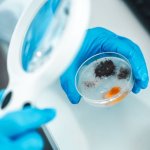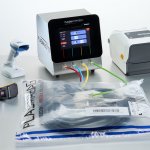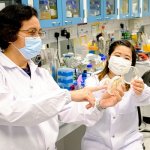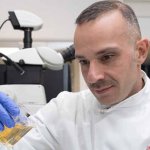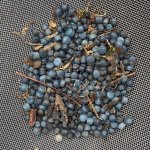
News • Dissemination of antimicrobial resistance
Microplastics serve as hideout for AMR bacteria, study finds
Microplastics pose a human health risk in more ways than one, a new study reveals: not only do the particles harbor pathogenic bacteria, they may also help the spread of antimicrobial resistance.



